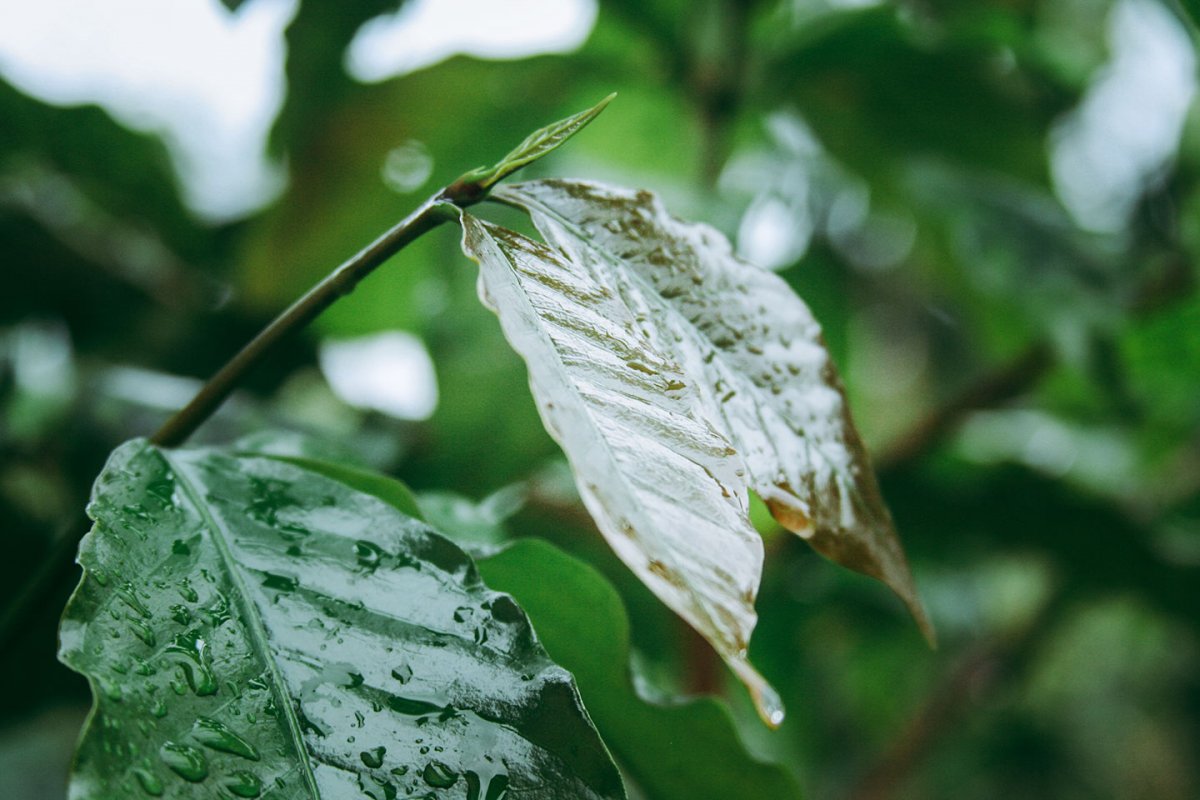
INSECTICIDES AND PESTICIDES FOR RADISHES FULL
Radishes usually reach full maturity between 30 to 50 days after sowing. Weeds should be carefully removed from around the plants. Seedlings should be kept uniformly moist as they develop, but not wet. Radishes will benefit from the addition of small amounts of nitrogen fertilizer at regular intervals spaced over the growing season. Commercial producers may drill seeds using planting rates of 30–40 kg per hectare. Seeds should be planted at a depth of 1 cm (0.5 in), allowing 2.5 cm (1 in) between individual plants and a further 30 cm (12 in) between rows. A small amount of nitrogen may be applied to the soil prior to planting (up to 60 kg per hectare). Seeds should be planted in late winter to early spring for the first spring crop and plantings can be staggered to provide a continuous harvest. Radish is propagated directly from seed into a prepared bed. Radish should be grown in full sun to part shade. the optimum temperature for the growth of radishes is between 10 and 18☌ (50–65☏) and they grow best in a well-draining sandy loams which are rich in organic matter with a pH between 5.8 and 6.8. Radishes are fast growing cool-season vegetables that grow very well in cool moist climates. The origin of the radish plant has not been determined but they are found growing native from the Mediterranean to the Caspian Sea. Radish may also be referred to by the name of the cultivar and names may include Chinese radish, Japanese radish or oriental radish. Radish is generally grown as an annual plant, surviving only one growing season and can reach 20–100 cm (8–39 in) in height depending on the variety. The reddish brown seeds are oval, and slightly flattened. The radish plant produces multiple purple or pink flowers on racemes which produce 2–12 seeds. The taproot of the plant is cylindrical or tapering and commonly red or white in color. The top leaves of the plant are smaller and lance-like. The radish plant has a short hairy stem and a rosette (ground level horizontal and circular leaves) of oblong shaped leaves which measure 5–30 cm (2–12 in) in length. Do not exceed 0.4 lb ai/A per year.Radish, Raphanus sativus, is an herbaceous annual or biennial plant in the family Brassicaceae, grown for its edible taproot.

Rove larvae parasitize the pupa stage of the maggot. Rove beetles prey on maggot eggs and young larvae. Sticky traps and sweep nets also can be used to monitor the adult fly. If roots are tunneled but no maggots are present, maggots have left the roots to pupate, and insecticide treatments would be of little value. Drenching with insecticide is also an option, but such treatments are difficult, costly, and may not be adequate. If several rows of seedling plants are infested, plants may be removed and rows replanted. Pull up affected plants, and check roots and soil to confirm the presence of maggots. Pest monitoring Once the crop emerges, watch for wilting, lighter green plants, or reduced growth that may indicate a maggot infestation. Pest description, crop damage and life history


 0 kommentar(er)
0 kommentar(er)
